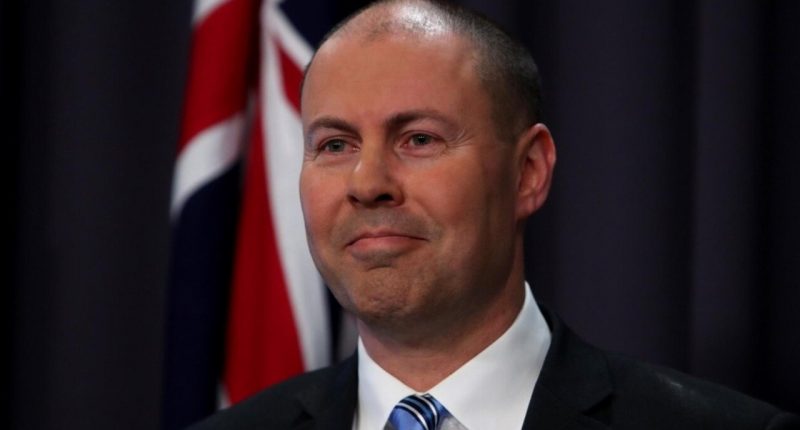- Australia’s economic recovery is “well underway” as people return to jobs quicker than expected, according to the latest mid-year budget update
- This week’s Mid-Year Economic and Fiscal Outlook (MYEFO) flagged some major economic growth driven by a recovering labour market
- The unemployment rate is now expected to peak around 7.5 per cent in March 2021 and gradually fall to 5.25 per cent by June 2024
- As it stands, around 80 per cent of Australians who lost their job or were stood down during the pandemic are back at work
- The Federal Government has also flagged some bolstered coronavirus support measures, including an extra $3.2 billion investment into income support
- On top of this, the government will spend $1.6 billion to secure a population-wide COVID-19 vaccine program by late 2021
- Other new investments into the Australian economy include new funding for the HomeBuilder program, as well as aviation and travel support
Australia’s economic recovery is “well underway” as people return to jobs quicker than expected, according to the latest mid-year budget update.
This week’s Mid-Year Economic and Fiscal Outlook, known as MYEFO, flagged some impressive growth figures as Australia pulls itself out of its first recession in 30 years.
Much of the recovery is driven by the Australian labour market rebounding quicker than expected. According to the report, around 80 per cent of the 1.3 million Aussies who were thrown out of work before the pandemic are now back at work.
Unexpected unemployment stats
While still well-above pre-pandemic levels, the unemployment rate is now expected to peak at around 7.5 per cent in the first quarter of 2021 — showing a vast improvement on the initial prediction of 9 per cent unemployment by the end of 2020 from back in May.
As such, real gross domestic product (GDP) is expected to grow by 4.5 per cent in 2021 — a major improvement on the 2.5 per cent GDP decline over 2020. Australia’s real GDP grew by 3.3 per cent during the September quarter of 2020 alone after the June quarter’s 7 per cent fall.
Further, the Morrison government has shrunk its forecast deficit by just under $16 billion for the 2020-21 budget, with the deficit now expected to be around $197.7 billion.
Still, Federal Treasurer Josh Frydenber and Finance Minister Simon Birmingham said there is a “long way to go” until the unemployment rate falls comfortably below 6 per cent once more. As it stands, unemployment is expected to be at 6.25 per cent in the June quarter of 2022 and 5.25 per cent by June 2024.
“Whereas labour market conditions have improved substantially for all age groups since the peak of the crisis, challenges exist for younger people and those in areas and industries most affected by virus shutdowns,” they said in a joint media statement.
“Employment for 15-34 year olds is currently 3.1 per cent below its March level, while employment for people aged 35 and over is now above pre-COVID levels.”
Bolstered support
Despite the encouraging jobs figures, the MYEFO report revealed some more COVID-19 support measures from the Federal Government to keep Australians healthy physically and financially.
This includes an extra $3.2 billion investment into the government’s Coronavirus Supplement and other income support measure, as well as the recently-announced $1 billion investment into the aged care sector to help release an extra 10,000 home care packages.
However, the MYEFO report also flagged $1.6 billion to secure access to COVID-19 vaccines for all Australians.
The government plans to buy an extra 61 million doses of potential vaccines developed by Novavax and Pfizer/BioNTech — on top of the major purchase order already placed with Oxford University.
Importantly, the mid-year update operates on the assumption that a coronavirus vaccine will be available in Australia by March 2021, with a population-wide vaccine program in place by late-2021.
The MYEFO also assumes there will be no interstate border closures over 2021 — an assumption now shaded in doubt given new interstate travel restrictions introduced this week in light of a fresh COVID-19 outbreak in New South Wales.
Other new investments into the Australian economy include new funding for the HomeBuilder program and extending it through to March 21, 2021, and aviation and consumer travel support.








